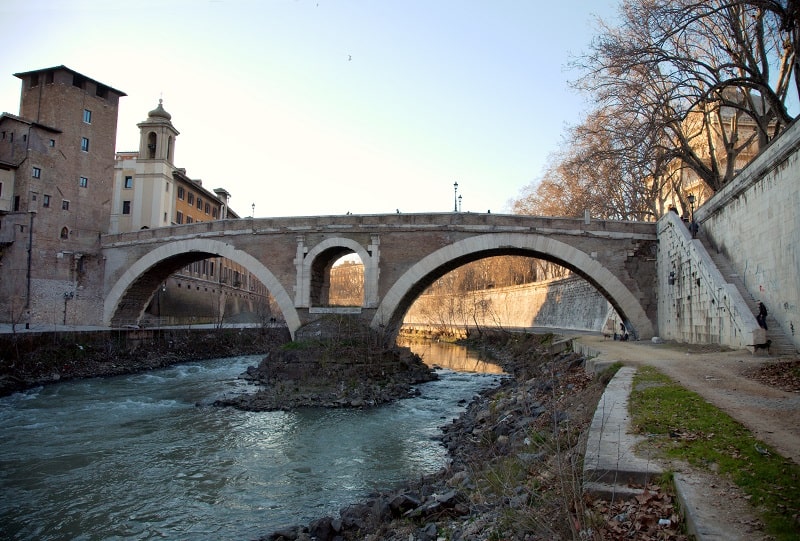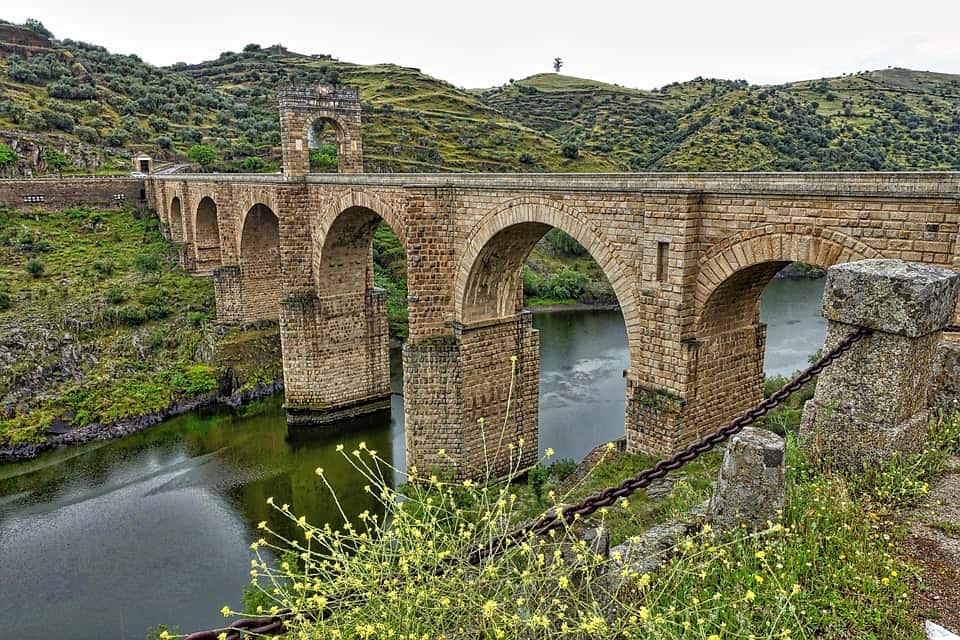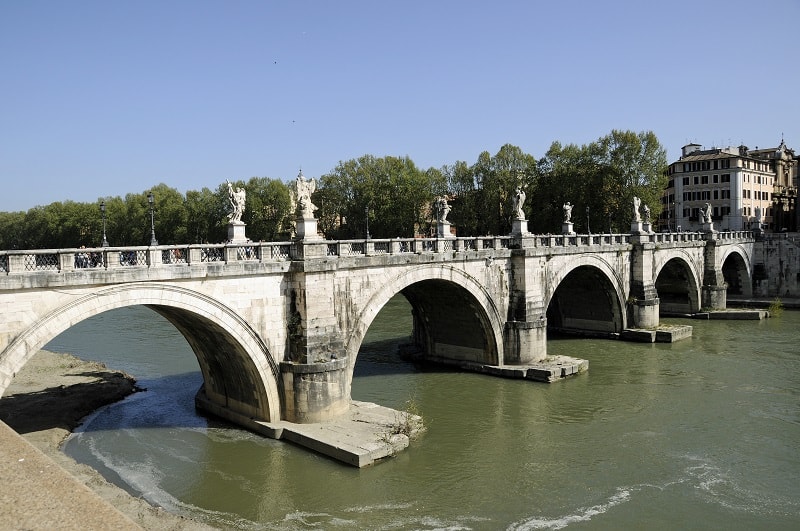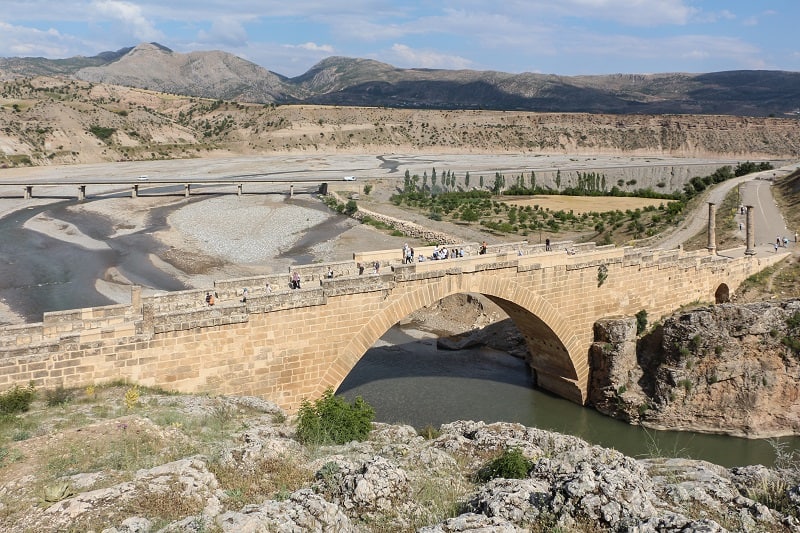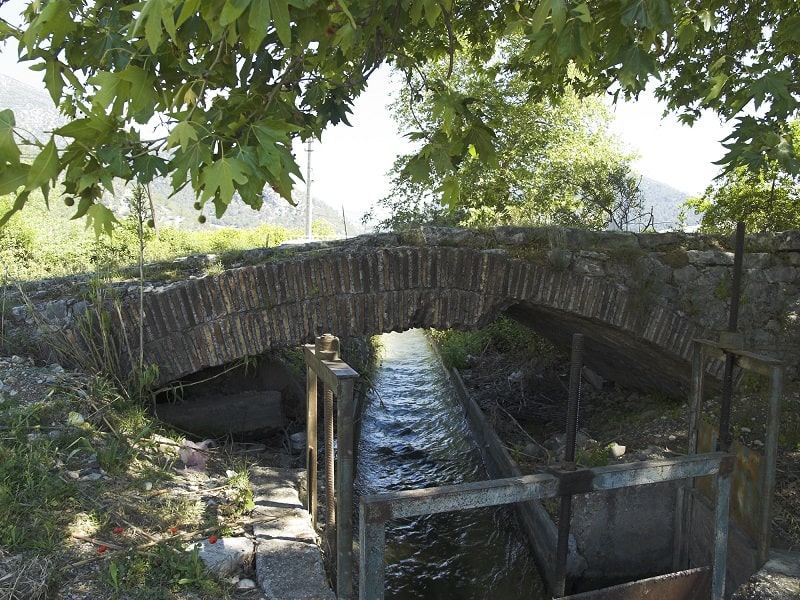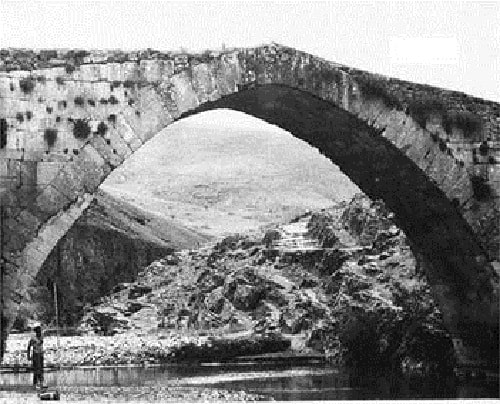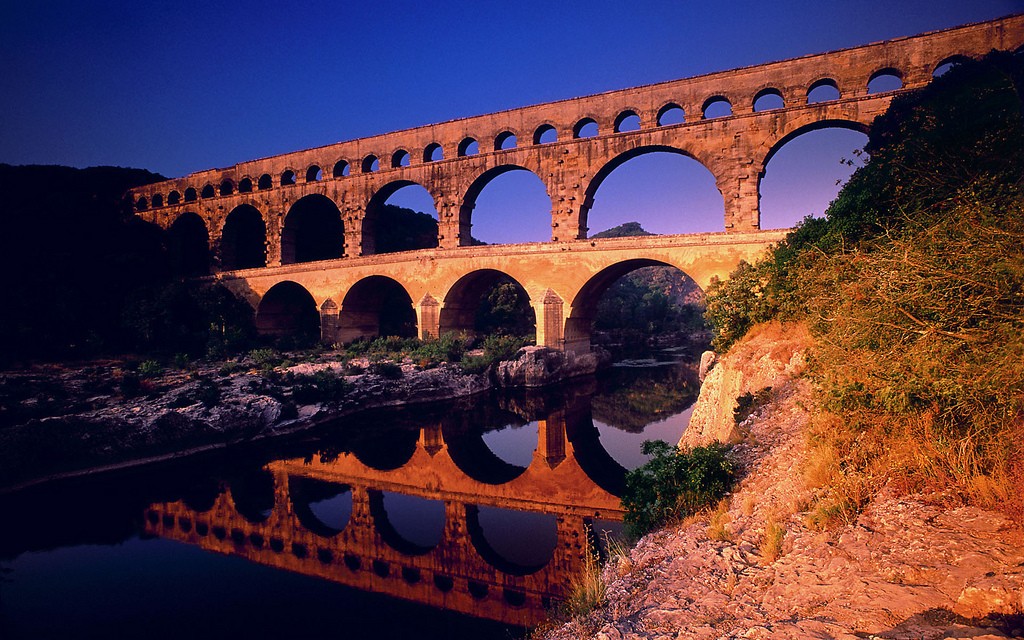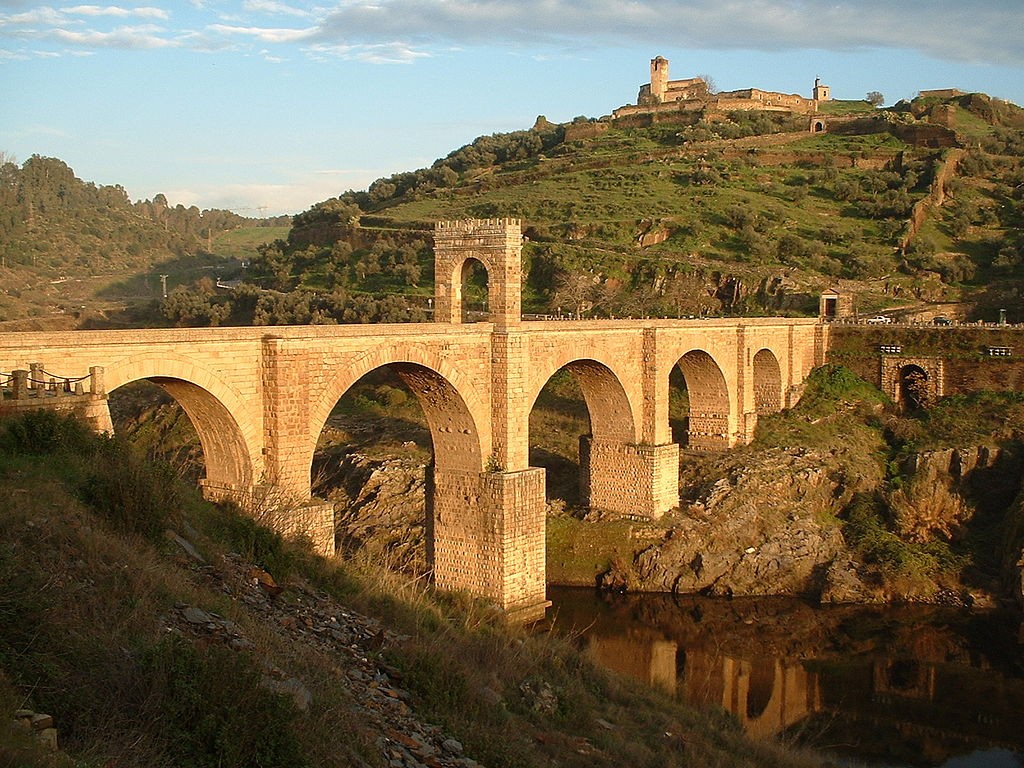Arkadiko Bridge, Greece
The Arkadiko Bridge, also known as the Kazarma Bridge, is believed to be the oldest existing bridge in the world. It is an arch bridge and one of the oldest of this type still used by the local population. Bridge served as a highway between the cities of Tiryns and Epidauros. Was built sometime around 1300 – 1190 BCE and was part of a larger highway in the area.
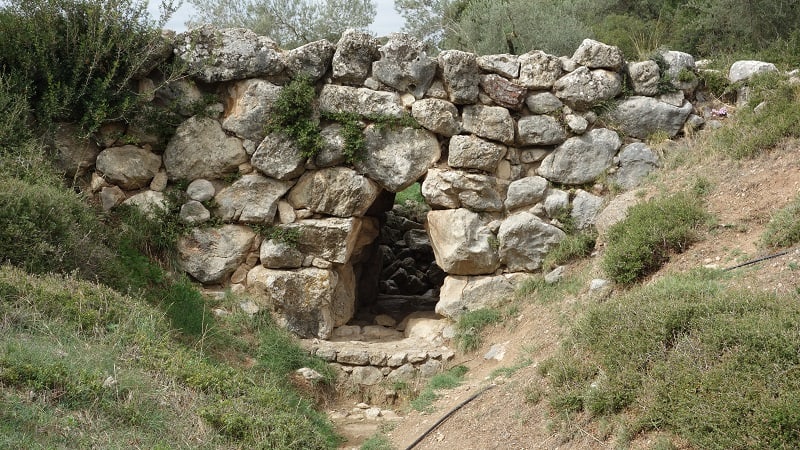

.png)
